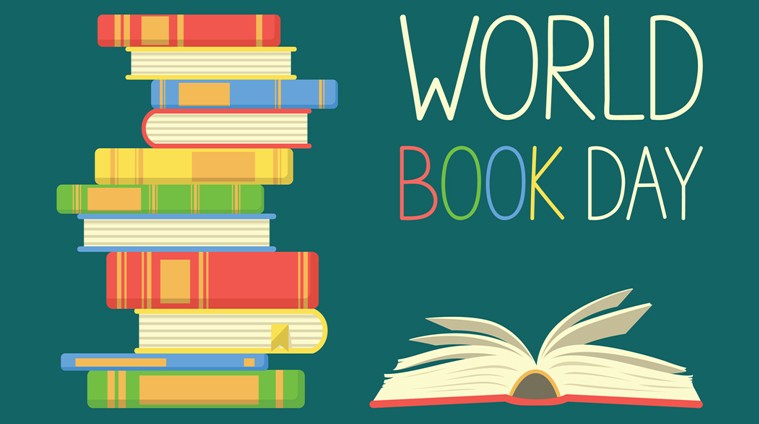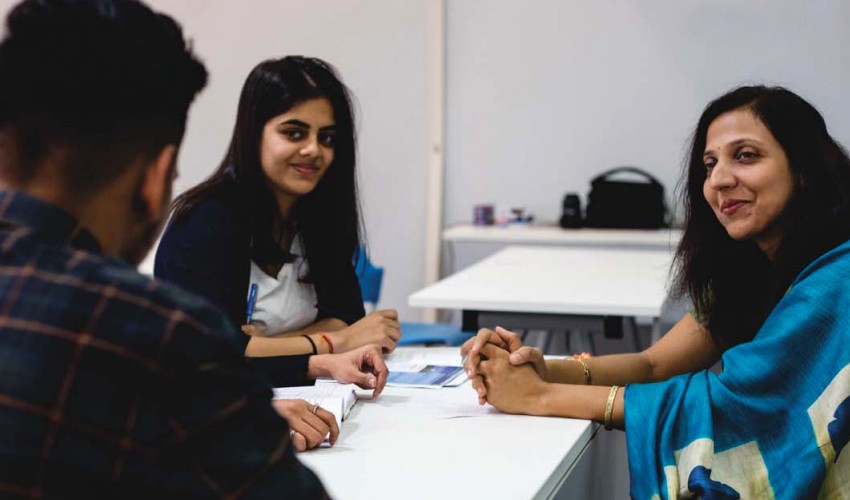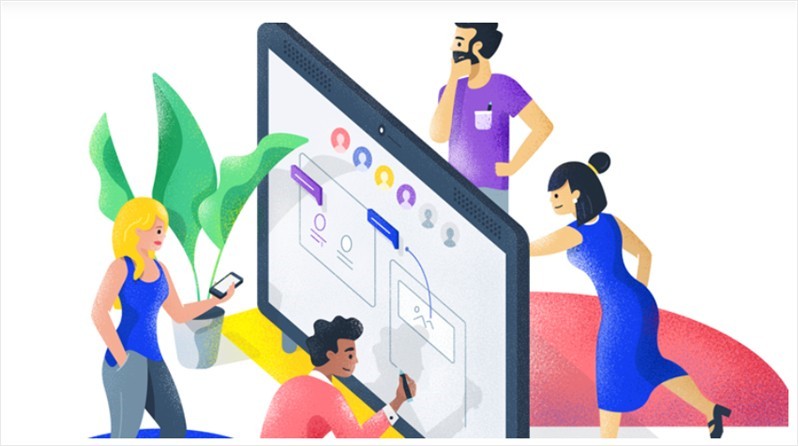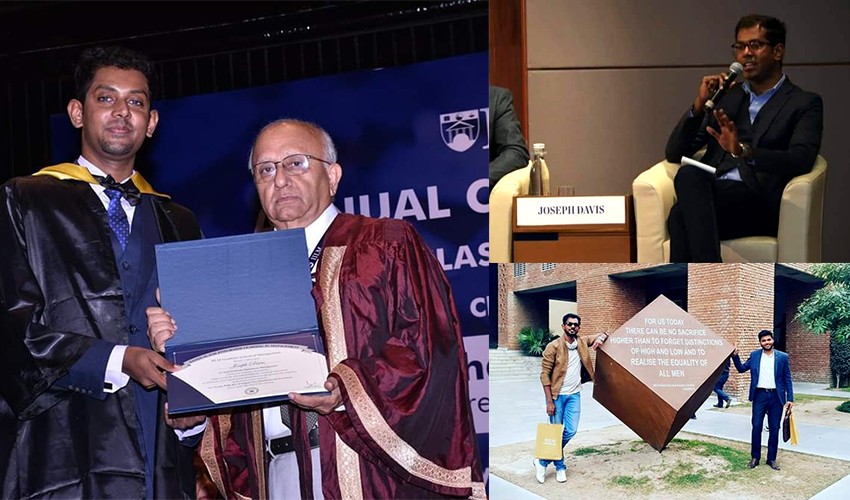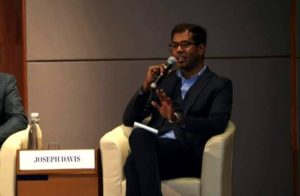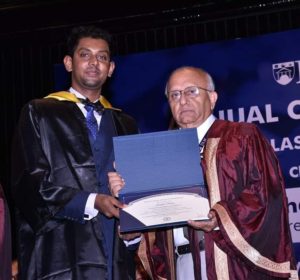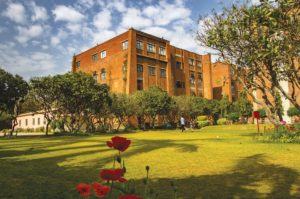“More smiling, less worrying. More compassion, less judgment. More blessed, less stressed. More love, less hate.”
I am sure if you will involve spirituality in your lifestyle, it will definitely increase your productivity. Especially, while many of us take the option of work from home. Staying with family, roommates, their behavior sometimes irritates us and both parties lose the temper. Some of us stay alone, loneliness according to Indian Journal of Psychiatry may lead to physical and mental diseases.
So, before we go further let us understand about isolation and quarantine.
U.S. Department of Health and Human Services says isolation is separating a sick person from healthy people to stop communicable diseases, and quarantine is restricting the movement of citizens so that communicable diseases will not spread to other people.
Now, what is spirituality?
Indian history is full of famous philosophers. Adi Shankracharya, Swami Vivekanand and Dr. Sarvapali Radhakrishnan. They guided the world towards spirituality. In his work, “Indian Religious Thoughts” S. Radhakrishnan gave the definition of spirituality as the goal of an individual as “establishing a relationship with the supreme power.” He further quoted Plato’s thought that is parallel to Indian philosophy when he said, “spirituality is irresistible harmony with the reality of the world.” Same quoted by the Gautam Buddha that the world is full of sorrow. Every human searches way to minimize his grief all over the world but the way to get rid of this grief is somewhere inside us.
Dr. Radhakrishnan further quoted Brihadranyaka Upanishad practicing spirituality by three simple steps-
Step 1# “Shravan” (listening)
You can listen if you let someone speak and one needs to listen quietly. Listening makes your thought focused.
Step 2# “Manana” (thinking)
Thinking let you understand and analyze the multiple courses of actions you can take in a specific situation
Step3#“Nididhyasana” (Meditation)
Mediation is the result of listening and thinking leads to concentrated action. A concentrated effort increase the productivity of an individual in comparison to the one whose mind is bombarded my several types of thoughts.
The final output of following the above three steps is “Atma darshan” (self-vision or self-knowledge). An individual thinks critical his/her judgments do not get the effect from the biases.
Philip Sheldrake a religious historian, a theologian with a background of philosophy and political theory says in “Spirituality: A Very Short Introduction” that spirituality is now a personal and tailored to everyone it does not matter that there is any religious affiliation of one’s spirituality or not. Some will say it is spirituality vs. religion. No, it is not.
Spirituality is more than worship. It is about spreading positivity and doing social good.
Conclusion
In the end, now its time to bring theories of spirituality into action. Yes, it is next to impossible not to react. It is true every action has an equal and opposite reaction. But by practicing a spiritual lifestyle we can change it to “Every action can have a more positive reaction”. In addition, even you are staying alone you will find you are too much busy doing things that you do not have time to think negatively.
You can feel spiritual while planting a tree or taking care of a plant in your house, animal nearby your house. So the people who are quarantine can do all above. The people who stay in isolation can give time to their hobbies that they can do in available space.
The Guardian has reported an increase of 20% in domestic violence been increased during global lockdown due to Covid-19 pandemic. It can be controlled and minimise by the help of spirituality during this tuff time. No matter which religion you follow, you can be a change agent, you can change the lives of others too.
Citation:
https://www.linkedin.com/pulse/you-hearing-listening-five-benefits-jan-johnston-osburn/


